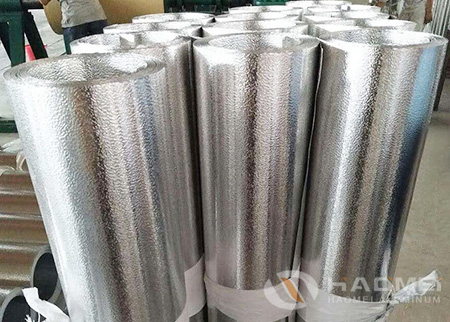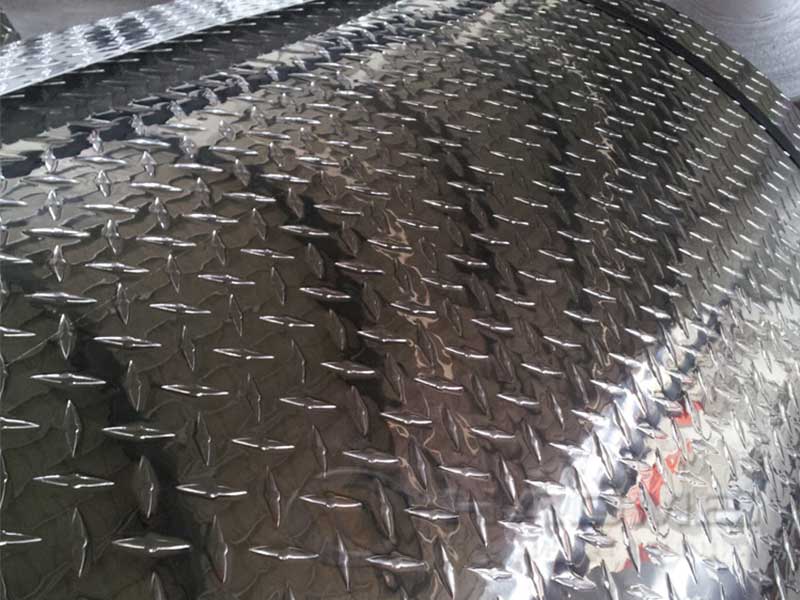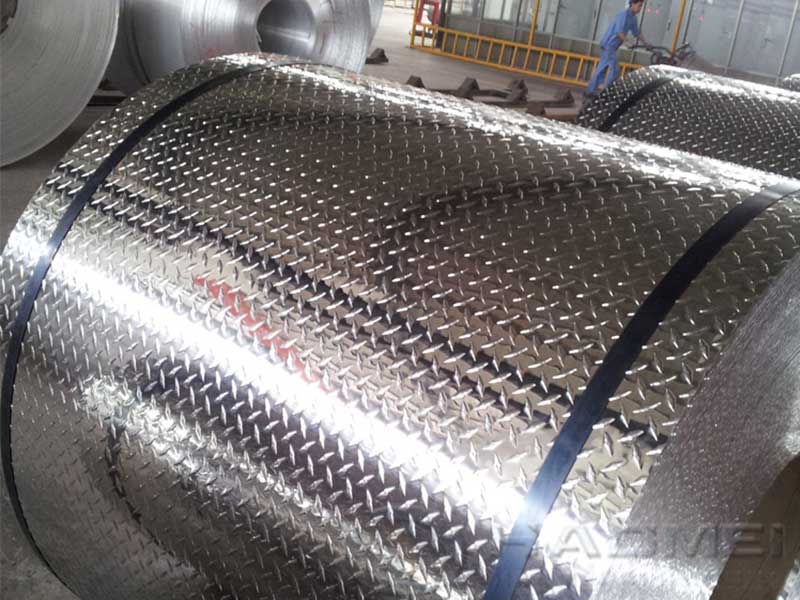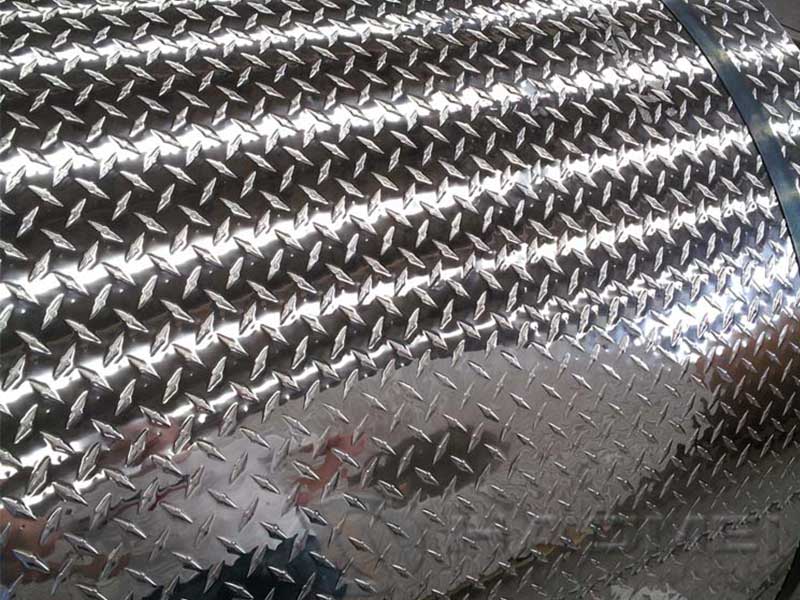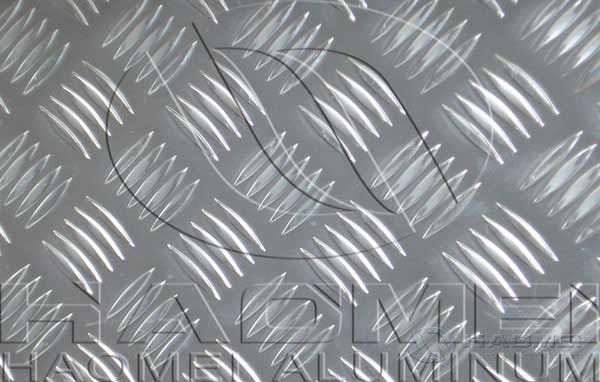The Art and Science of Aluminum Tread Plates: Classification and Applications
In the realm of metallurgy and manufacturing, aluminum tread plates, also known as chequered plates or less commonly diamond plates, hold a distinctive place. Their unique texture not only serves aesthetic purposes but significantly enhances functionality.
What Is Aluminum Tread Plate?
Typically composed of a high-strength aluminum alloy, aluminum tread plates are identified by a pattern raised across surface levels—usually in the shape of diamonds. This unique surface design grips securely, allowing for enhanced safety in environments prone to slip hazards. But aluminum tread plates aren’t just notable for their patterns; they are lightweight, corrosion-resistant, and highly durable, making them a sought-after choice for various applications.
Classification of Aluminum Tread Plates
- By Alloy Composition: The classification of aluminum tread plates profoundly impacts their application. Common aluminum alloys used in these plates include:
- 3003 Alloys: Known for good welding characteristics and resistance to corrosion, these are often found in residential and architectural as well as general industrial uses.
- 5052 Alloys: Serving in marine and transportation applications, these have fantastic durability and formability, ideal for heavily trafficked areas.
- 5754 Alloys: These thicker and more robust plates are excellent choices for applications requiring extra tensile strength—often used in vehicle and hydraulic installations.
- By Surface Finish: The durrability of aluminum thermal transfer plates can be further categorized according to finish:
- Mill Finish: The raw, unprocessed aluminum surface is cost-effective but may require additional protective coatings for specific environments.
- Anodized Finish: This involves an electrochemical process that strengthens, hardens, and protects the metal while offering dynamic color options, making them popular for aesthetic surfaces in architectural applications.
- By Texture Format: While the traditional diamond plate shape dominates the market, tread plates can have variations in their surface design:
- Embossed Patterns: Ranging from chequered to custom patterns, these designs affect the grippiness and appearance of the finished product, suitable for market differentiation.
- Numeric Designs: Some manufacturers opt for unique engravings to enhance branding, which balances aesthetics with slip-resistant attributes.
Applications: What Makes Aluminum Tread Plate Special?
how aluminum tread plates are classified provides a clearer vision of their versatile applications. Here are some sectors where these plates demonstrate their multi-functional prowess:
-
Heavy Equipment: Fitted across machinery such as forklifts and platform equipment, aluminum tread plates resist the heavy wear and tear associated with industrial operations, promoting worker safety while providing a stable footing.
-
Transport Safety: In vehicular applications, especially in trucks and trailers, aluminum tread plates help reduce slip in loading and unloading areas. Their lightweight quality reduces vehicle weight while ensuring enhanced traction and safety for loading processes.
-
Architectural Elements: Increasingly popular in commercial building designs and fashion-forward industries, aluminum tread plates lend themselves well to constructing staircases, balconies, and walls. Their unique aesthetic and structural integrity can simply elevate space predefined to traditional finishes.
-
Marine Applications: Consistently exposed to moisture, aluminum tread plate proves indispensable for flooring on boats and docks. The inherent resistance to rust keeps structures safe and pristine, making maintenance a far less burdensome requirement.
-
Food Service and Preparation Areas: The culinary industry has substantial relationships with varied materials that meet sanitary conditions—and aluminum tread plates fit the bill. Their corrosion resistance confers on them ease of cleaning, contributing to food safety while enhancing the aesthetic vibe.
Final Thoughts
Classifying and applying aluminum tread plates is an interplay of engineering and artistry. Identifying specific alloy characteristics and applications enhances both function and design, while a deeper can drive better decision-making processes in varied projects. Whether adopting for ramp materials or constructing hub displays in an expansive warehouse, their versatility leaves an unmistakable mark on several realms.
Investing in aluminum tread plates is like edifying surfaces with value-impact designs — a reliable, durable choice accentuated by its functional customization potential. Make informed decisions relevant to your needs with a vivid of aluminum tread plate classifications and applications. Keep it on hand, resourcefully utilizable throughout various landscapes—from the context of safety to strategic engineering. Each panel presents a canvas where scholarship meets utility, proving once again that thoughtful design can propel advances effectively.


